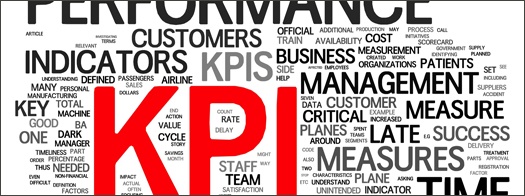
Financial measurements are sufficient and appropriate in the for-profit corporate world, but strict financial measurements rarely reveal the strategic performance of the typical nonprofit. Financial performance measurement systems in the nonprofit world usually focus only on the measurement of donations, expenditures, and operating expense ratios. Success for nonprofits, however, should be measured by how effectively they meet the needs of their constituencies.
FINANCIAL REPORTS ARE ABOUT THE PAST
In some cases, even for-profit companies have recently recognized that financial measurements by themselves are inadequate for measuring and managing their performance. Many for-profit companies now look at customer satisfaction metrics, brand awareness statistics, and employee productivity and morale evaluations as critical measurements of corporate development and successful performance. Financial reports, they recognize, measure past performance but communicate little about long-term value creation.Because nonprofits frequently have goals that are amorphous and offer services that are intangible, nonprofit performance measurement lacks the simple elegance of a financial measure. Nonprofit performance measurement should assess both an organization’s ability to acquire resources, and its ability to mobilize its resources to achieve desirable outcomes.
THE UNITED WAY
Like most nonprofits, The United Way of America initially followed the private sector tradition of having the financial perspective as their primary performance measurement. Gradually, however, they began to integrate both mission and constituents into their performance measurements by adopting the following strategic insights.- To elevate the role of mission and customer to the top of the strategic scorecard, recognizing that nonprofits should be accountable for how well they meet a need in society rather than how well they raise funds or control expenses.
- Recognize donors and funders as well as recipients as their customers.
- Distinguish between strategy statements and day-to-day operational actions.
- Avoid being everything to everyone.
- Shift focus from programs and initiatives to the outcomes the programs are supposed to accomplish.
- Align initiatives, departments, and individuals to work in ways that reinforce each other for accomplishing strategic objectives.

